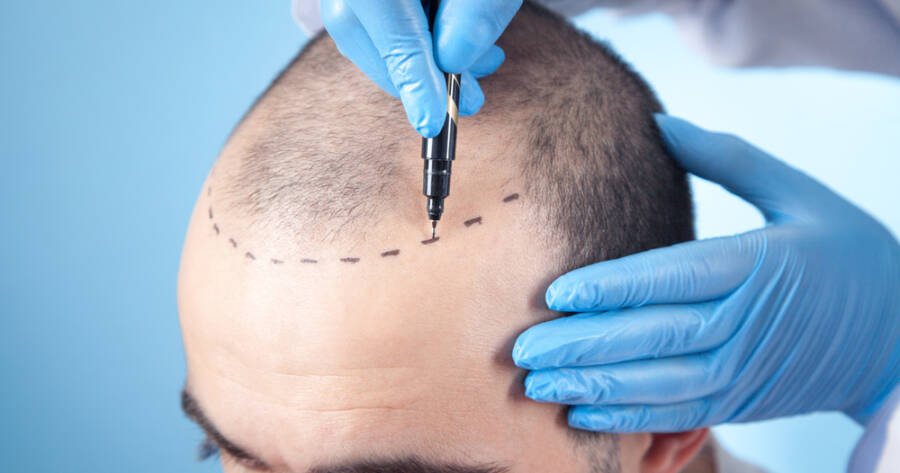In the United States, hair transplant procedures stand out for their exceptional quality and patient-centered outcomes, utilizing advanced methods such as Follicular Unit Extraction and Follicular Unit Transplantation. While the costs are often higher than international options, they reflect a commitment to high standards, precision, and innovative techniques, promising effective hair restoration solutions tailored to individual needs.
Understanding Hair Transplant Procedures in the USA
Hair transplant procedures in the USA are widely recognized for their high quality and meticulous attention to patient outcomes. The USA offers a variety of surgical methods, such as Follicular Unit Extraction (FUE) and Follicular Unit Transplantation (FUT), which are tailored to meet the diverse needs of patients. The availability of skilled surgeons and cutting-edge techniques ensures that individuals can find effective solutions for hair restoration.
The cost of undergoing a hair transplant in the USA can be quite substantial, ranging from $8,000 to $26,250. This is considerably higher than the global average, but patients are investing in quality care, stringent medical standards, and successful results. Patients also benefit from recovering at home, which minimizes travel and maximizes comfort during the recovery process in the comfort of their home environment.
Exploring Cost Considerations and Alternatives
While the USA is a leader in high-quality hair transplant services, the significant cost attached to these procedures prompts many to consider international options. Countries like Turkey and India offer lower-priced alternatives, making them popular for those seeking more affordable treatments while still maintaining quality outcomes.
Language barriers are not a concern in the USA, making it an attractive option for English-speaking patients. The wide availability of clinics within the country also reduces the need for extensive travel, allowing individuals to access reliable services closer to home without the added stress of navigating foreign healthcare systems.
Hair Transplant Methods and Innovations
The main types of hair transplant procedures available include FUE and FUT. FUE involves extracting individual hair follicles, whereas FUT involves removing a strip of tissue. Both methods have their pros and cons, with FUT generally being more affordable while FUE is less time-consuming and leaves minimal scarring.
Recent advancements like the ARTAS robotic system enhance precision in hair extraction and transplant, demonstrating significant innovation in aesthetic robotics. This development in the field holds promise for future enhancements in hair transplant techniques.
Financing and Payment Options
For those concerned about the high upfront costs of hair transplant procedures, many clinics, like Bosley, offer flexible financing options. Patients can choose to pay in monthly installments rather than a lump sum, making the treatment more accessible. Bosley’s emphasis on offering permanent solutions aligns with their focus on long-term value despite higher initial costs compared to temporary fixes.
Consultations are critical in determining the precise cost and specific number of grafts needed for a transplant. These consultations often come free of charge, allowing patients to receive personalized plans that fit their individual hair loss conditions and desired outcomes through personalized planning.
Risks and Recovery in Hair Transplants
While hair transplants offer a permanent solution, they are not without risks. Patients may experience temporary bleeding, infection, or scarring, with rare cases of inflammation or unnatural hair growth also noted. It is crucial to adhere to post-operative care instructions to mitigate these risks and ensure optimal results, which typically include initial hair shedding before regrowth as part of the process.
Ideal candidates for hair transplants are those with androgenetic alopecia who have sufficient donor hair. Patients should be in good overall health and possess realistic expectations about the outcomes. Warning signs of less favorable results, such as poor growth or visible scarring, should be addressed promptly with a healthcare provider.
Why You Should Learn More About Hair Transplants Today
Considering a hair transplant involves weighing the costs, methods, and potential outcomes. Gaining a deeper understanding of the available options, both domestically and internationally, empowers individuals to make informed decisions that best suit their needs and financial situation.
Innovations in hair restoration techniques continue to emerge, offering hope and practical solutions for those experiencing hair loss. By learning more about these procedures, patients can take proactive steps towards achieving their desired aesthetic goals while ensuring they receive quality care tailored to their individual circumstances.

